Happy Easter with Greek Koulourakia (Easter Cookies)
Traditional Greek Easter cookies, also known as koulourakia. Also known as great dunking material.
Hello, this is me working on Holy Saturday. I just couldn’t let the day go by without sharing something more traditional with you all. The past couple of weeks have been a little crazy, so I didn’t have the time to prepare properly for some holiday posts. Happens every time. I really need to plan a bit better. Like two months in advance. Anyway. Easter cookies. I made them and took the photo in time, so I’m sitting myself down to write up the recipe before it’s too late. Which is a funny thing to be worrying about, since your Easter was last week…
The good thing is that you don’t have to wait till next year to make these. Due to the way you make the shapes, I think this is a great project for kids to participate in. No rolling pins involved. Just long “worms” that you either twist or coil. Great fun if you’re not pressed for time! These amounts made about 45 cookies for me, but I suggest you go for even smaller sized ones as they really do rise quite a bit. So you’ll probably get up to 60 koulourakia.
Now, you’re going to see something unusual in the ingredients list. Baker’s ammonia (ammonium carbonate). It’s an old fashioned leavener, a predecessor to baking powder and baking soda. It gives baked goods an extra crisp texture. For more information you can google it and find details as well as substitutes. I read somewhere that you can find it in German supplies shops as it’s commonly used in some German recipes. Try and find the real thing, as the results won’t be the same with anything else.
One thing to remember is that koulourakia are better eaten 2-3 days after baking. That’s when they are nice and crunchy, and ideal for dunking in tea or coffee. Traditionally they are made on Holy Thursday, together with the various types of Easter bread. This is also the day the eggs are dyed red. The colour symbolises the blood of Christ, crucified on this day. Of course none of these goodies are eaten until Saturday night or Easter Sunday, after the resurrection. Till then, and for the whole of Holy Week, fasting is at its strictest. If you can’t wait three days (I know I can’t) at least promise you will keep a few aside, so you can enjoy them at their best.
This recipe is by Funky Cook, a blogger friend who is really talented and very good at traditional Greek recipes. I got jealous when another two blogger friends made her koulourakia and posted pictures of them. So here they are in English, for all of you to enjoy. Happy (Greek) Easter everyone!

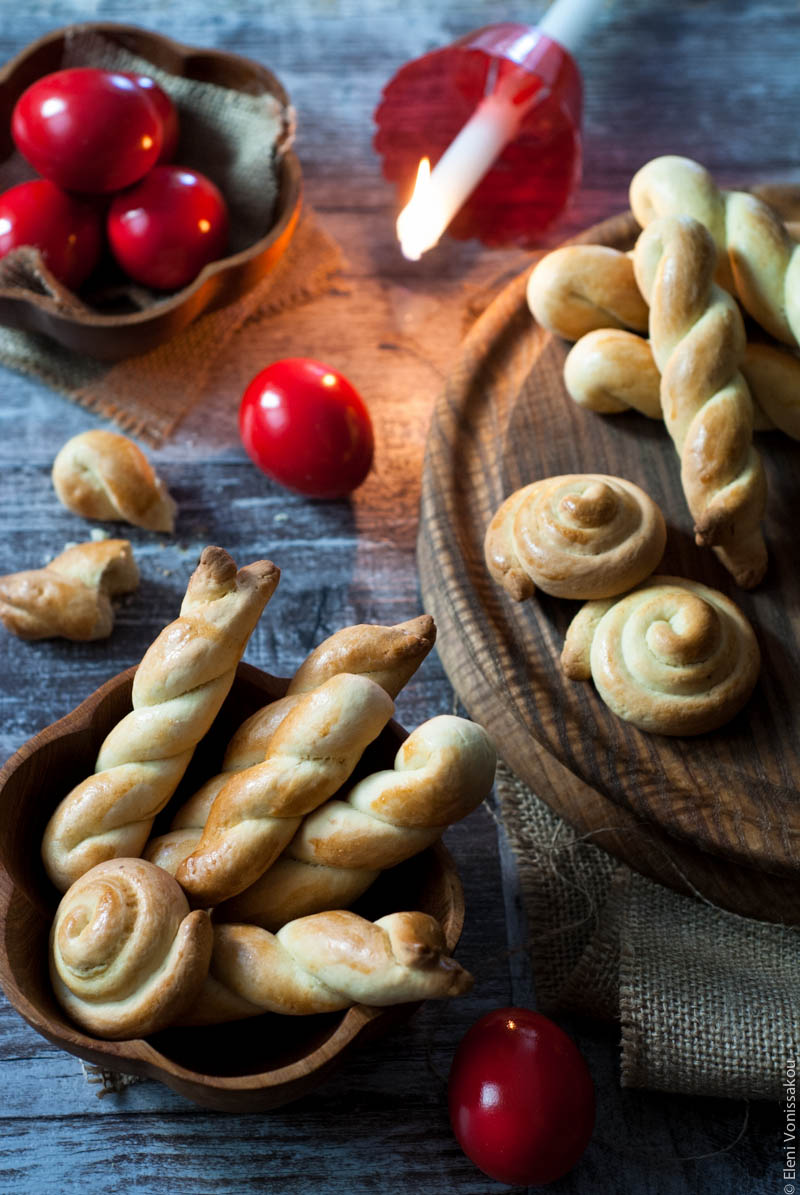





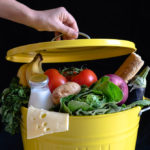
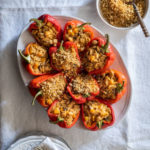
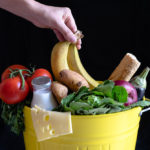
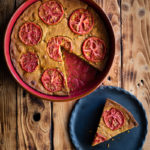
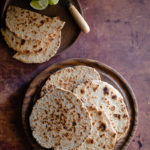
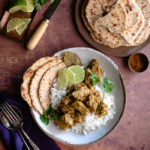
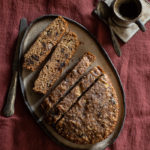
 Hi! My name is Eleni. I’m slightly obsessed with recipes, cooking and food in general. So what else was I to do? I started a food blog.
Hi! My name is Eleni. I’m slightly obsessed with recipes, cooking and food in general. So what else was I to do? I started a food blog.
No comments yet